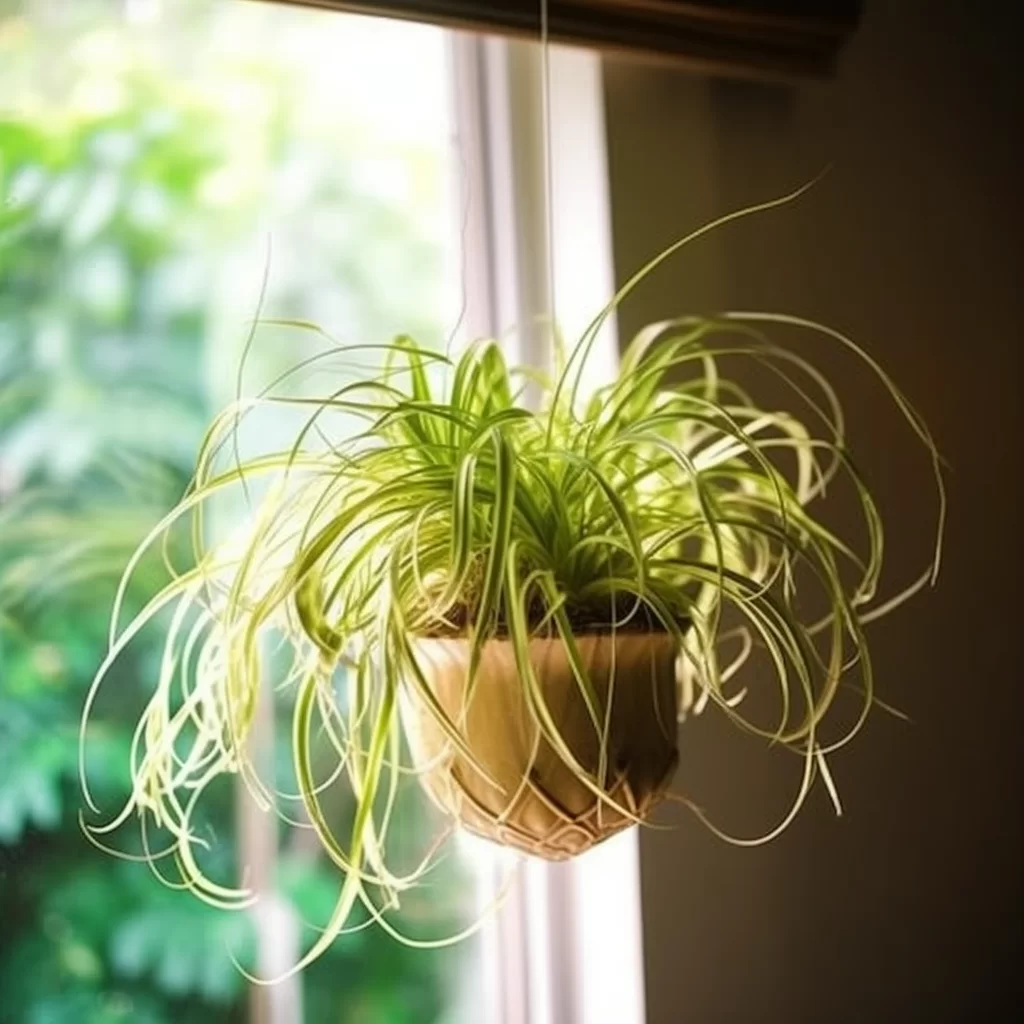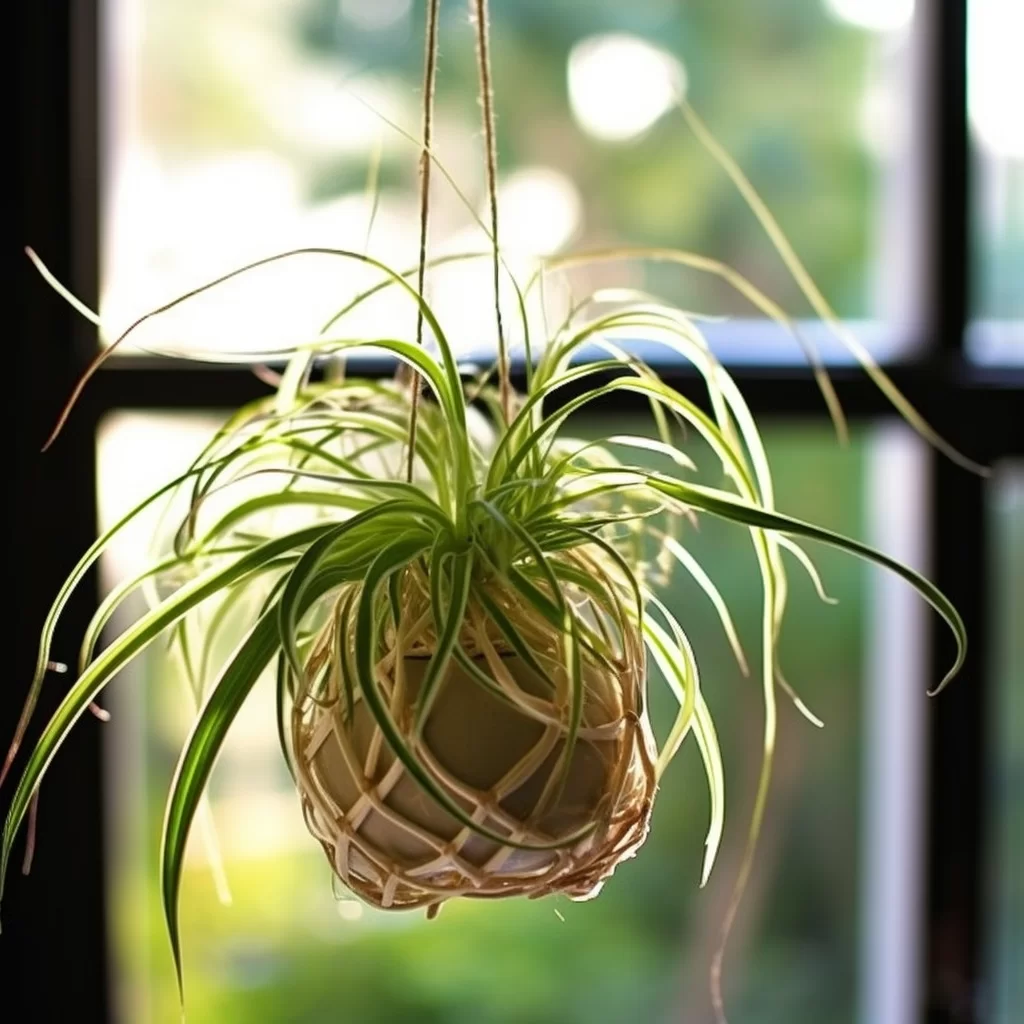Story of Day :
Contents
The Spider Plant: A Complete Guide and Care Tips
Spider plants (Chlorophytum comosum) are one of the most popular houseplants among gardeners, thanks to their air-cleaning abilities, easy maintenance and unique appearance. These plants are native to tropical regions of Africa, where they grow as epiphytes in forests. In this article, we will discuss everything you need to know about spider plant care.
Appearance
The spider plant is a perennial herb that grows up to 60 cm tall with long graceful leaves that emerge from a central rosette. The leaves are narrow and linear with a length of approximately 20-45 cm and width around 6-25 mm. They are typically variegated green with white or yellow stripes running along each leaf’s edge.

Lighting Requirements
The spider plant prefers indirect sunlight or bright but indirect light for optimal growth. Direct sunlight can cause the leaves’ edges to burn due to high temperatures.
- If placed indoors, make sure it is near an east-facing window or shaded south/west-facing windowsill.
- If grown outdoors, place them under partial shade instead of direct sunlight.

Watering Requirements
Adequate watering is essential for healthy growth in spider plants; however, overwatering can lead to root rot and fungal diseases while underwatering causes wilting and browning of the leaf tips.
- You should water your spider plant once every few days during summer months when temperatures are high.
- In winter months reduce watering frequency as they require less hydration.
- To avoid over-watering ensure proper soil drainage by keeping it moist but not soaking wet all times

Fertilizing Requirements
Spider plants do not require regular fertilizing; however, it is recommended to feed them once every two weeks during the growing season with a diluted fertilizer solution.
- Use a balanced liquid fertilizer and apply in small quantities.
- Avoid over-fertilization as it can lead to leaf burn.

Propagation Techniques
The spider plant propagation methods include division, rooting in water and sowing seeds. The easiest way of propagating spider plants is by division which involves separating mature clumps from the parent plant.
- Cut off one or two mature leaves with roots attached and pot them in soil or rooting medium until they grow independent roots.
- Alternatively, you can place cuttings directly into water until root formation occurs before planting them into soil.
Pests and Diseases
The spider plant is relatively pest-free; however, it may suffer from occasional pest attacks by mealybugs, mites or aphids. These pests feed on the leaves sap causing yellowing leaves and stunted growth. It’s important to keep an eye on your plants for any signs of infestation or diseases such as fungal infections that usually occur when there is high humidity levels.
- To control pests you can use organic insecticides like neem oil sprays regularly
- To prevent fungal infection ensure your plants have proper ventilation
- If an infestation occurs isolate affected plants immediately to avoid spreading
Conclusion
In conclusion, Spider Plants are excellent houseplants that require minimal effort because they are easy to maintain. Proper lighting conditions, watering requirements as well as adequate fertilizer application will promote healthy growth while preventing disease outbreaks. With this guide at hand you should be able to take care of these fascinating houseplants without too much hassle!
